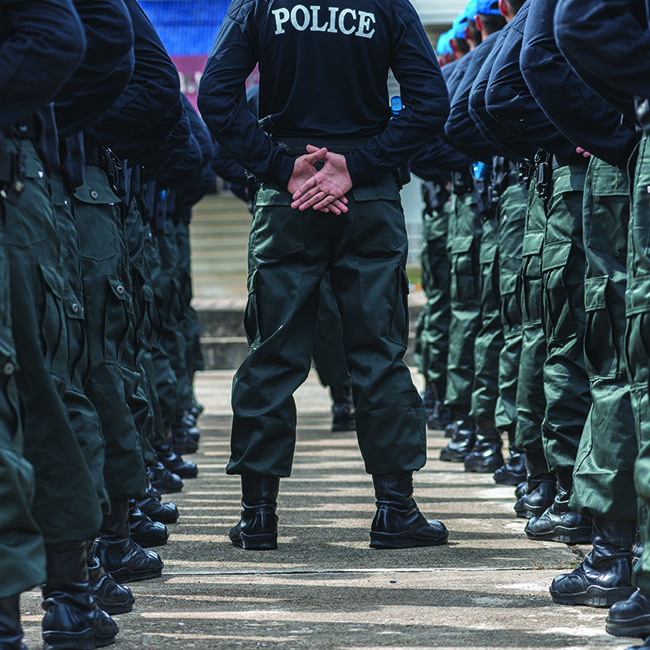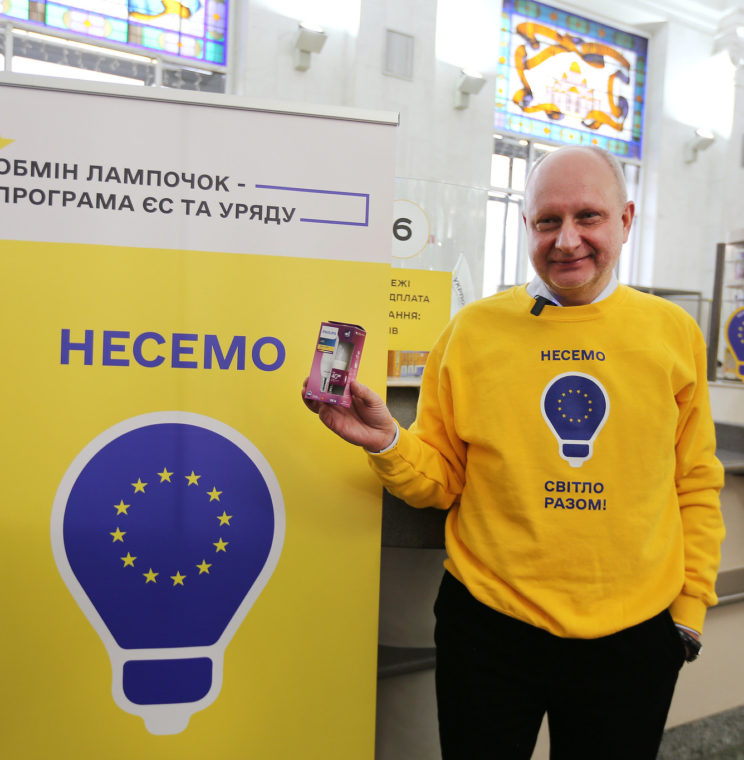Intertwining within crime and terrorism
Intertwining within crime and terrorism
The research arm of the Ministry of Justice and Security (WODC) recently published an Ecorys study, which investigated how organized crime and terrorists get their firearms.
This was done on the basis of an SNA (Social Network Analysis) on a large case study. The research was conducted in collaboration with Bureau Bruinsma.
Tackling jihadism is a spearhead within Dutch anti-radicalisation and counter-terrorism policies in which substantial investments have again been made in recent years. In order to prevent terrorist attacks such as the one in Paris (November 2015 with 89 fatalities alone at the Bataclan theater), it is very important to understand how (jihadist) terrorists obtain their firearms. Do they use “traditional” networks within organised crime for this purpose, or do they draw on their own sources?
To answer this question, it is important to understand the structure of cooperation within terrorist organisations and organised crime, and to investigate whether and to what extent they are intertwined. Ecorys and Bureau Bruinsma have been appointed by the Dutch Ministry of Justice and Security to investigate this.
Later, much attention was paid to the added value of social network analysis aimed at monitoring this interdependence. This adjustment resulted from the observation that, in some recent cases there was already sufficient confirmation that both worlds – organized crime and jihadist terrorist groups – come together in various ways.
The case analysis shows that the social network structure is very fragmented: no concrete defined terrorist network has been identified. Several sub-networks have been recognised in which a number of terrorism suspects are in contact with a larger number of criminals (suspects or convicts). Based on the findings, there seems to be a direct relationship between criminal networks and jihadist groups.
European jihadists who could obtain firearms have a criminal profile themselves and bought the weapon from people they know from the criminal environment. For the time being, no “jihadist” firearms trading market has been identified at EU level, in addition to a “criminal” market; the two overlap.
With the knowledge of the international and European context as background, the research team explored the added value of an SNA on this theme for investigation services. Based on a tour of various sections of the National Police that deal with this issue, it is found that SNA is currently being used to a limited extent for a variety of reasons.
By working out the social network of suspects in more detail, relationships are mapped which can guide the assessment of threats and prioritise specific people. By tackling this structurally, you can prioritise sharply and use time and resources efficiently. Regular cross-checks of insights and monitoring from different areas of expertise can lead to the identification of overlap in phenomena that was previously unknown, which increases understanding of and a grip on the themes highlighted in this study.

10 April 2019
2 minute read
Key Experts
Brigitte Slot
Sector leader



